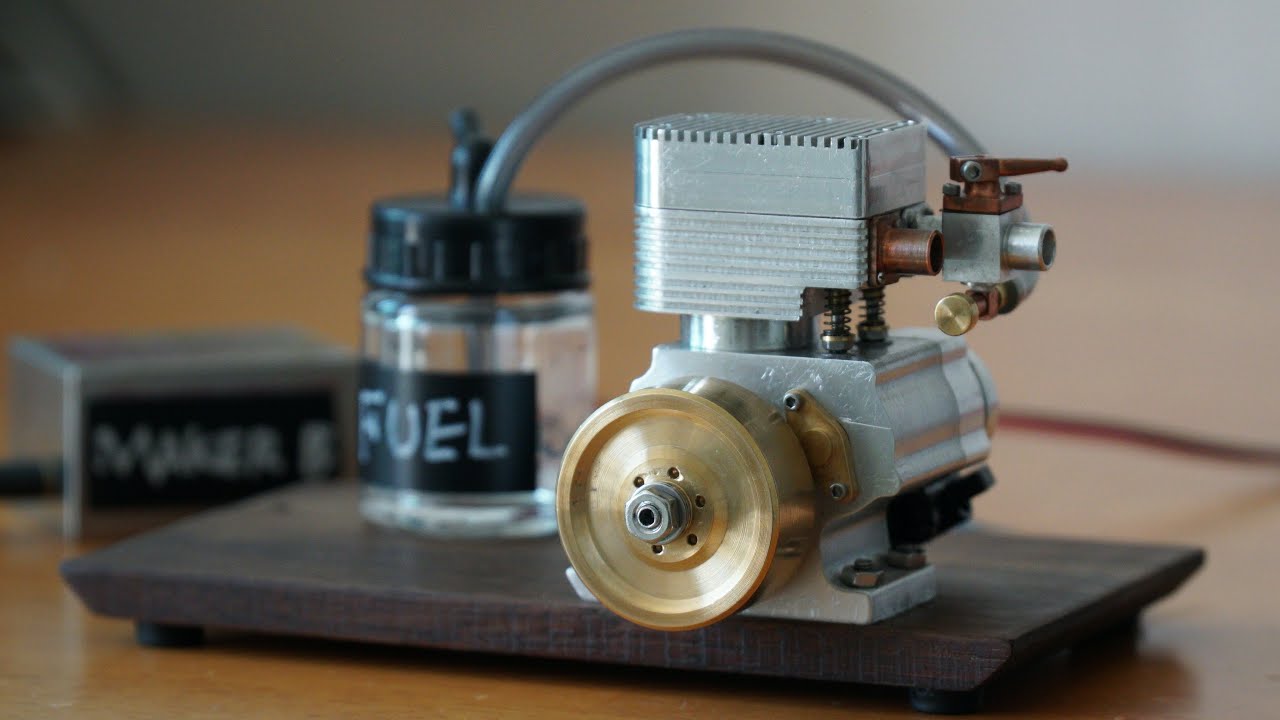Very impressive! I imagine a good bit of time & effort went into design as well. Can a comparable engine be mady by 3-D printing? If so, what is the comparative time & cost?
Certainly not by the 3D printers used by most people (professionally as well as hobbyists), since they extrude a variety of plastic materials, most commonly ABS (acrylonitrile butadiene styrene), the material from which Lego bricks are made. This material cannot withstand the temperatures, pressures, and forces involved in an internal combustion engine.
The industrial 3D printers that sinter metal powders with lasers and electron beams and are used to fabricate aerospace structural parts and rocket engines would be able to work with the materials used in the engine, but these are machines that cost millions of dollars. Some components, such as the piston, cylinder liner, crankshaft, connecting rod, and valves would probably require smoothing and polishing after 3D printing, which leaves a somewhat rough texture.
If these engines were made in quantity, many of the parts would almost certainly be cast and then machine-finished rather than making them from bar stock. When making a single unit, there’s no reason to invest the effort to cast the parts.
I didn’t see oil in the crank case (perhaps that wasn’t shown) and if there were oil veins to lube the valves.
Point being, how long would this run and what it’s top end looks like.
Wonderful machinist skills. Work of art.
